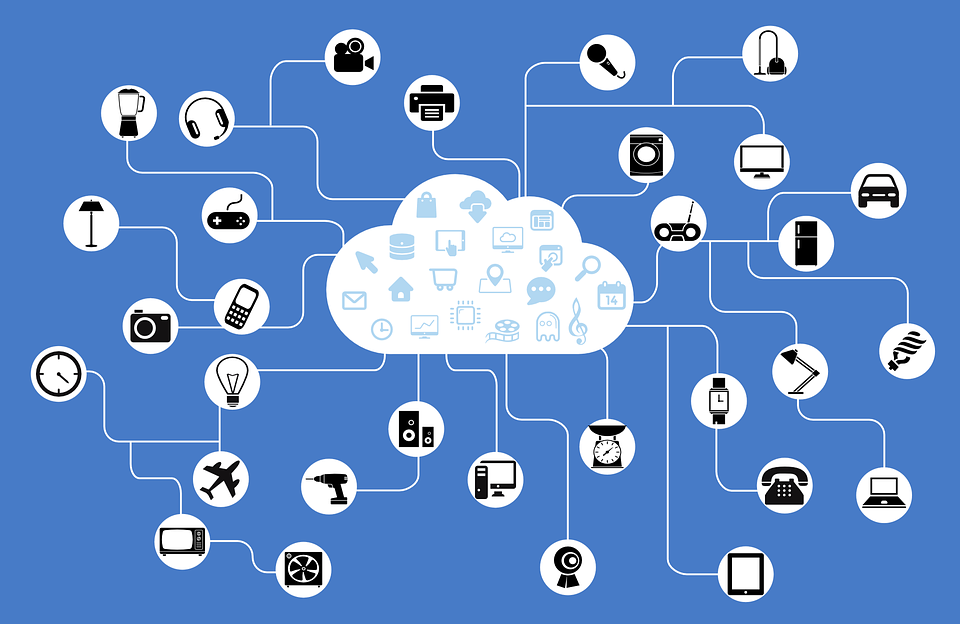Communication is the transmission of data over long distances without the use of cables or wires. These technologies have changed the way we communicate and interact with the world around us. From smartphones and Wi-Fi networks to IoT devices and remote controls, wireless communication has become an integral part of our daily lives. In this report, we take a look at the history, types, benefits, and future of wireless technologies and communications.
The History And Inventors Of Wireless Communication
Wireless communication has a long history dating back to the 19th century. In 1895, Italian physicist Guglielmo Marconi achieved the first successful wireless communication by sending a radio signal over a distance of 1.5 miles. Marconi continued to perfect his wireless communications and became famous for sending the first transatlantic wireless communications from Cornwall, England, to Newfoundland, Canada, in 1901. This feat revolutionized communications, making it possible to send data over long distances without cables or wires.
Other inventors also contributed to the development of wireless communications. At the beginning of the 20th century, Nikola Tesla was experimenting with wireless power transmission, while Alexander Graham Bell, the inventor of the telephone, was doing research on wireless communication.
During the First World War, wireless communications played an important role in military operations, allowing soldiers to communicate with their commanders remotely. In the following years, wireless communication technology continues to develop with the development of technologies such as television and cellular networks. Today, wireless communication is an essential part of our daily lives, enabling us to communicate with each other and the world around us.
Types Of Wireless Technology

Wireless communication technology has evolved over the years. Some of the most common wireless applications today are:
- Wi-Fi: Wi-Fi is a wireless networking technology that allows devices to connect to the Internet or local area without wires. Wi-Fi networks use radios that do not transfer data between devices.
- Bluetooth: Bluetooth is a wireless technology that allows devices to communicate with each other remotely. Bluetooth is often used to connect devices such as headphones, speakers, and keyboards to smartphones, tablets, and computers.
- 4G/5G: 4G and 5G are wireless cellular network technologies that enable devices to connect to the internet via mobile phones. This technology provides higher internet speeds and improved connectivity compared to previous generation mobile phones.
- NFC: NFC (Near Field Communication) is a wireless technology that allows devices to communicate with each other remotely. NFC is mainly used in contactless payment and access control.
Advantages And Limitations Of Wireless Communication
Wireless communication has many advantages over traditional communication systems. Some of its main advantages are:
- Mobility: Wireless communication allows devices to communicate with each other without cables or wires, allowing devices to be used anytime, anywhere.
- Convenience: Wireless communication eliminates the need for cables, making the device easy to set up and use.
- Low cost: Wireless communication systems are more expensive than traditional wired systems because they require less infrastructure and maintenance.
However, wireless communication has some limitations, including:
- Security: Wireless communication is vulnerable to security threats such as hacking and tampering
- Reliability: Wireless communication systems are subject to interference and loss of signal that can affect the reliability of communication.
- Limited Range: Wireless communication systems have a limited range, which means they may not be suitable for transmitting signals over long distances.
Wireless Communication Standards
Wireless communication standards are guidelines that define how wireless devices communicate. Some of the most common wireless communication standards are:

- IEEE 802.11: IEEE 802.11 is a protocol for wireless communication.
- Bluetooth: There are several Bluetooth models, including Bluetooth 5.0 is the latest version.
- 4G / 5G: 4G and 5G are mobile phone standards that mean connecting devices to a mobile phone.
Wireless Network Architecture
Wireless networks can be designed in many ways. Some of the most common wireless network architectures are:
- Ad-hoc: In an ad-hoc wireless network, devices connect directly to each other without the need for a basic network infrastructure.
- Infrastructure: In an infrastructure wireless network, devices are connected to a central network infrastructure such as a Wi-Fi router or base station.
- Mesh Network: In a mesh wireless network, devices connect to each other to form a network that can cover a larger area without the need for a central location.
Internet Of Things And Wireless Communication
The Internet of Things (IoT) is a network of devices that are connected to the Internet and can communicate. Wireless communication plays an important role in IoT as it allows devices to connect to the internet without wires. IoT devices such as sensors, cameras, and smart home devices use wireless communication to send data to the cloud for analysis and storage.

IoT devices are used in a variety of industries, including manufacturing, agriculture, healthcare, transportation, and smart cities. In manufacturing, IoT devices can be used to monitor machines and improve production processes. In agriculture, IoT devices can be used to monitor crops and improve water and fertilizer use. In healthcare, IoT devices can be used to monitor patients remotely, enabling doctors to better care for patients. In transportation, IoT devices can be used to monitor vehicles and improve routes, reduce fuel consumption and emissions. In smart cities, IoT devices can be used to improve energy efficiency and manage utilities such as transportation and waste management.
Wireless communication allows IoT devices to be accessible in remote or hard-to-reach areas, allowing them to monitor and control all aspects of our daily lives. With the development of the Internet of Things, it is expected that the demand for wireless communication will increase and therefore new wireless communication models and technologies will be developed.
Wireless Communication Applications
Wireless communication has many applications in many industries. Some of the most common wireless communication applications are:
- Wireless Sensors: Wireless sensors are used in industries such as manufacturing, agriculture, and healthcare to monitor various things such as temperature, pressure, and humidity.
- Health: Wireless communication can be used in healthcare to monitor patients remotely, enabling doctors to deliver better treatment.
- Entertainment: Wireless communication can be used for entertainment, streaming audio and video content to devices such as smartphones and televisions.
- Education: Wireless communication can be used in education to deliver online courses and connect students and teachers in virtual classrooms.
The Future Of Wireless Communication
With the development of new technologies and improved contract models, connectivity and repair of communications, the future of wireless communications looks promising. Some of the emerging wireless networks are:
- Li-Fi: Li-Fi is a wireless network that uses light to transmit data and provides higher speeds than Wi-Fi.
- 6G: 6G is the next generation mobile technology that promises faster speeds and lower latency than 5G.
- Edge computing: Edge computing is a tool that enables data to be processed closer to the source, reducing latency and improving the performance of wireless communications.
Interpretation
Wireless communication has come a long way since its inception in the 19th century. Today, wireless communication is an essential part of our daily lives, enabling us to communicate with each other and the world around us. While wireless communication has many benefits, it also has limitations such as security and reliability issues. However, the future of wireless communication looks promising based on new technologies and designs that provide faster, improved connectivity and better performance.
This is a guest blog made by Faxscience.
To Read More Tech Blogs Visit: Technical Nick

















